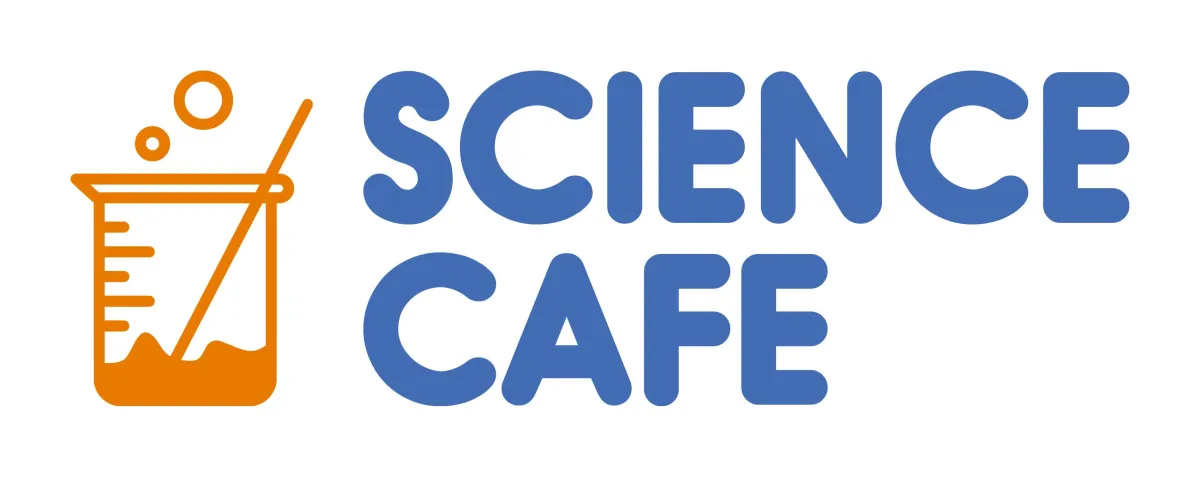Why neurodivergent students must be partners in designing inclusive learning
Why neurodivergent students must be partners in designing inclusive learning
Intro:
When we speak about inclusion, too often we mean “making adjustments for neurodivergent students.” The most effective change I’m seeing isn’t top‑down adjustments — it’s neurodivergent students themselves shaping classrooms, policies and supports that actually reduce distress and boost learning. That shift matters for retention, exam performance and the everyday experience of school.
Why student‑led design matters:
Lived experience is a practical design tool. Students recognise which sensory triggers disrupt concentration, which assessment formats reveal weaknesses rather than learning, and which simple adjustments (shorter reading tasks, predictable lesson sequences, quiet check-ins) have a significant impact. When we co‑design, interventions are lean, relevant and more likely to be used — which is exactly what retention and exam readiness need. WTOP News
Evidence and context:
This isn’t just an anecdote. Research from universities and journalists conducted over 2024–25 shows that students report improved belonging and reduced school distress when they help shape support initiatives. Universities are launching practical toolkits for staff to translate those student insights into effective teaching practices.
The broader evidence on learning — for example, how retention improves when classroom practice aligns with cognitive science principles, such as spacing and low-stakes retrieval — suggests that student-led adjustments and evidence-informed study designs can amplify each other’s benefits. Oxford Education+1
Practical steps schools can take today:
Invite two student co‑designers (one neurodivergent) to each curriculum review meeting. Keep them paid or credited.
Start small: create one low-stimulus classroom and pilot it for a term; gather simple student feedback on a weekly basis.
Pair evidence with experience: use spacing and short retrieval practice tasks in lessons, then ask neurodivergent students whether those rhythms helped or hurt focus.
Train staff in “what to ask” (not “what to fix”): coaches and teachers need conversation prompts that elicit practical barriers rather than assumptions.
A fresh take:
The most useful move is not more policy but a better partnership. If we want students to stay, learn and perform in exams, we need environments that reduce stress and align with how people actually learn. That requires listening closely to the people who live the problem every day, and then combining their insights with proven techniques (spacing, worked examples, low-stakes testing).
Conclusion:
If you lead a department or classroom this term, book one hour to meet students whose learning differs from yours. Ask them how the timetable, space and assessment feel — then try one small change. Real inclusion starts with partnership, not permission.



